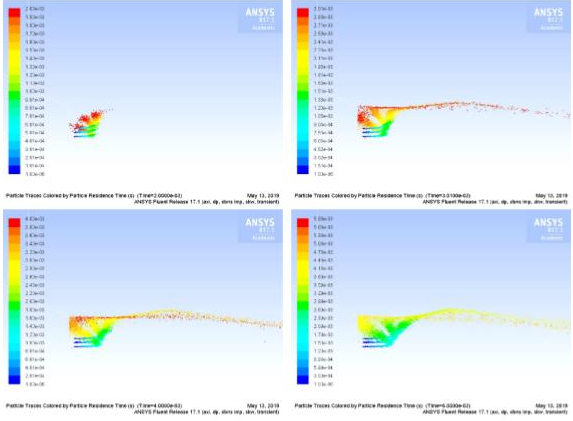CFD modelling of high pressure gas atomization process
- Academic lead
- Andy Mullis (Chemical & Process Engineering)
- Industrial lead
- John Dunkley, Atomising Systems Ltd.
- Co-supervisor(s)
- Duncan Borman (Civil Engineering)
- Project themes
- Industrial Processes
The advent of 3D printing with metal powders has opened up a new era in manufacturing technology and is driving demand for fine, highly spherical metal powders that is increasing by > 50% per annum. These powders are manufactured by using supersonic gas jets to disrupt a stream of molten metal, which then solidify in flight to give the desired powder product. However, the process is highly turbulent and very poorly understood, with essentially no modelling capability existing for the interaction of the two-phase (gas+metal) flow. Consequently, yields may be a low as 30%. Working with a cur
rent PhD student we have developed within Fluent the first model of two-phase flow during gas atomization that can deal with industrially realistic gas to metal loading (typically 2-3 kg gas for each kg of melt). This project will explore how the modelling framework that has been developed can be applied to a range of commercial gas atomization geometries with a view to modifying the equipment configuration and/or the industrial practice to improve the transfer of kinetic energy from the gas to the melt (currently < 0.1% efficient).

Figure: Snap-shot of particle tracks at 2 ms, 3 ms, 4 ms and 6 ms after first introduction of the melt into the supersonic gas stream during high pressure gas atomization.
